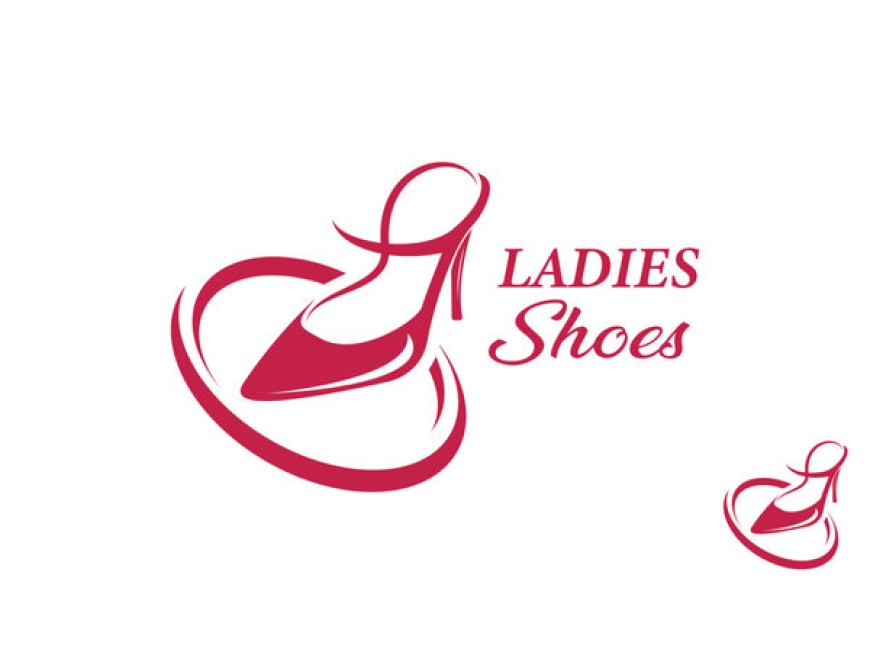823 0 comments

Introduction
:
High-heel shoes have long been a symbol of fashion, elegance, and confidence for many women. However, the persistent use of high heels can have a range of effects on women's health. In this article, we delve into the impact of wearing high-heel shoes on women's well-being, discussing both the potential benefits and risks associated with this popular footwear choice.
Posture and Musculoskeletal Issues:
One of the primary concerns associated with high-heel shoes is their impact on posture and musculoskeletal health. Wearing high heels alters the natural alignment of the body, shifting the center of gravity forward and putting increased pressure on the forefoot and toes. This can lead to issues such as lower back pain, muscle imbalances, and changes in joint mechanics, particularly in the ankles, knees, and hips.
Foot and Ankle Problems:
The elevation and structure of high-heel shoes can cause several foot and ankle problems. Constant wearing of heels can lead to the shortening of the calf muscles and Achilles tendon, resulting in reduced flexibility and an increased risk of strains or injuries. Additionally, the narrow toe box and increased pressure on the forefoot can lead to conditions like bunions, hammertoes, and Morton's neuroma.
Balance and Falls:
High-heel shoes can affect a person's balance and stability due to the altered posture and reduced contact area with the ground. This can increase the risk of falls, especially on uneven surfaces or slippery floors. Studies have shown that wearing high heels can impair balance and coordination, potentially leading to accidents and injuries.
Muscle Fatigue and Discomfort:
Wearing high heels for prolonged periods can lead to muscle fatigue and discomfort. The calf muscles, in particular, can experience increased strain and may become sore or tired. Additionally, the pressure exerted on the balls of the feet can cause pain, blisters, and calluses.
Benefits and Moderation:
While the potential risks associated with high-heel shoes are significant, it is essential to recognize that there can be certain benefits as well. Wearing high heels can enhance a person's height, create an elongated silhouette, and boost self-confidence. Moreover, occasional use of moderate heel heights and comfortable shoe designs can minimize some of the adverse effects.
Tips for Minimizing Risks:
For individuals who choose to wear high heels, it is crucial to prioritize comfort and take measures to minimize the associated risks. Here are some tips to consider:
1. Opt for lower heel heights and wider toe boxes to reduce pressure on the feet and toes.
2. Limit the duration of high-heel use and alternate with flat or supportive shoes.
3. Perform stretching exercises to maintain flexibility in the calf muscles and Achilles tendon.
4. Use shoe inserts or orthotics to provide additional support and cushioning.
5. Choose shoes with a stable base and non-slip soles to improve balance and prevent falls.
Conclusion:
While high-heel shoes can add a touch of glamour to a woman's wardrobe, it is crucial to be aware of the potential impact on overall health. Regular and prolonged use of high heels can contribute to musculoskeletal problems, foot discomfort, and an increased risk of falls. It is advisable to strike a balance between fashion and health, considering moderation, proper shoe selection, and maintaining a strong and balanced musculoskeletal system. Ultimately, prioritizing comfort, functionality, and overall well-being can help women make informed decisions about their footwear choices.
Female health (7)
Healthy life style (14)







-100x125.jpeg)
-100x125.jpeg)
-100x125.jpeg)

-100x125.jpeg)
-100x125.jpeg)
-100x125.jpeg)
Write a comment